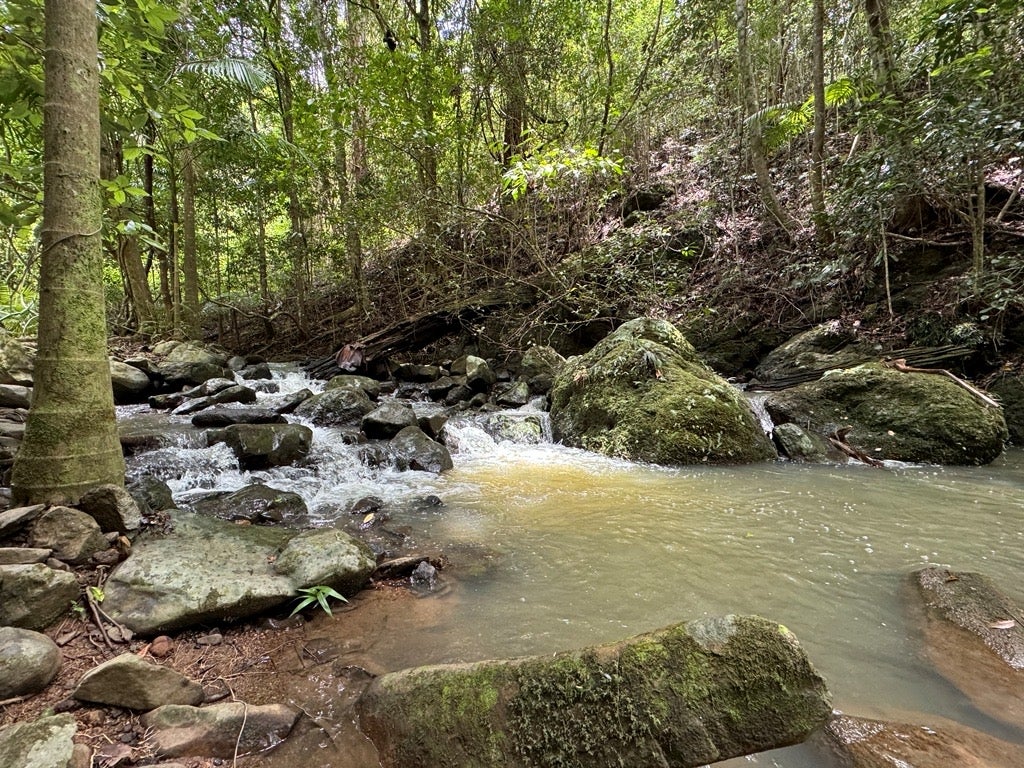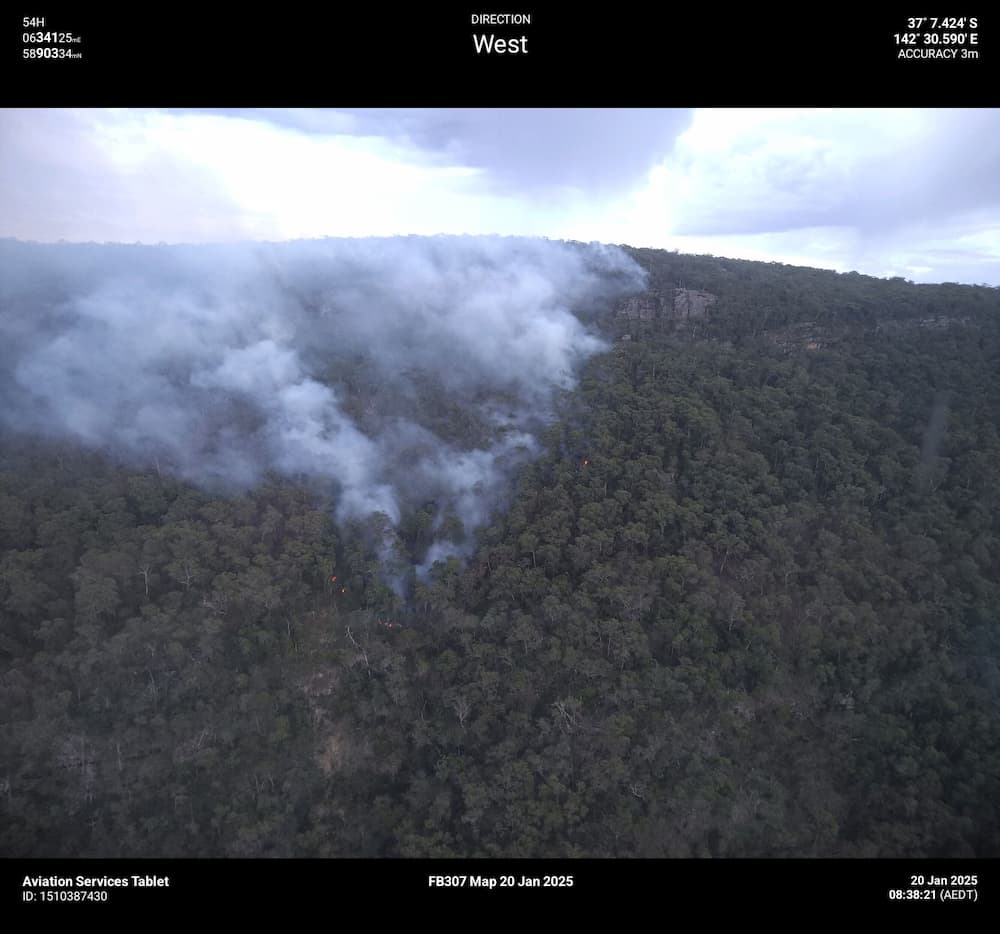Solar and wind farms will trial providing their own short-term generation forecasts, under a funding initiative by the Australian Renewable Energy Agency (ARENA) in partnership with the Australian Energy Market Operator (AEMO).
On behalf of the Australian Government, ARENA today awarded $9.41 million to 11 projects to trial short-term forecasting at large-scale wind and solar farms across Australia.
The trial comprises at least 45 per cent of the ³Ô¹ÏÍøÕ¾ Electricity Market’s (NEM’s) registered wind and solar capacity, which collectively provides a total of 3.5 GW of renewable electricity generation.
ARENA’s funding will help to explore the potential for wind and solar farms to provide their own, more accurate, forecasts of their output into AEMO’s central dispatch system.
The projects will enable further capability development, and provide valuable information to the market on delivering forecasts on a five-minute basis.
Forecasting technology and factors that affect the accuracy of forecasts in different weather, operational conditions and geographies will also be investigated.
AEMO is currently responsible for forecasting how much electricity will be generated by wind and solar farms, the output of which varies depending on the weather and time of day. If these supply forecasts are wrong or generators can’t meet their target, it can result in power system instability and higher operating costs.
Wind and solar farms are penalised for not meeting a required output level or can be required to curtail their generation to match an overly conservative forecast.
Under the market changes that AEMO has facilitated as part of this initiative, all wind and solar farms registered in the NEM will be able to submit their own 5-minute ahead forecasts to AEMO, for use in central dispatch in order to improve the accuracy of market outcomes. The ARENA-funded trial will be exploring the benefits that this new capability brings to the system.
The portfolio of 11 projects will involve a range of weather forecasting technologies including onsite cloud cameras that can predict the timing and impact of a passing clouds on a solar farm, wind speed radars, Japanese weather satellites, infrared, crunching of Bureau of Meteorology data and machine learning algorithms.
ARENA CEO Darren Miller said these trials will provide test cases for wind and solar to do their own five-minute forecasts just as traditional power plants do.
“Working with AEMO, we’re supporting these trials to help avoid generators being unfairly penalised for inaccurate forecasts while also supporting system security by better matching demand with anticipated supply from variable renewable generators.
“Much like traditional energy generators, we’re aiming to show that renewable energy is now capable of providing accurate measurement of energy output,” Mr Miller said.
“With almost half of all solar and wind power generation taking part in projects in this initiative, this will lead to better deals for wind and solar farms, lower costs and more accurate data for AEMO,” he said.
“Some solar and wind farms will be sites for several different technologies and some technologies will be tested across multiple sites so we will begin to understand the strengths of different approaches in different locations.
“Improving forecasting of wind and solar generation will help better integrate variable renewable energy into the grid, reduce grid instability and reduce costs. It is a win-win for everyone,” he said.
“We are extremely pleased to see the collaboration between market participants, forecasting service providers and ARENA to deliver highly innovative solutions to the renewable energy sector,” said AEMO’s Managing Director and Chief Executive Officer Audrey Zibelman.
“Weather is the fuel for an ever-increasing proportion of the electricity generated across Australia, so it is vitally important that we foster innovation and rapid development of world leading technologies and services. As the market operator, we require the best possible information in real-time to manage the secure and reliable delivery of energy to Australian consumers, 24/7,” said Ms Zibelman.
/Public Release.







